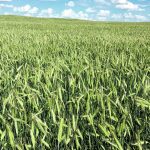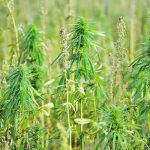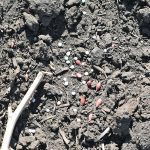News

Wheat group takes on winter cereals

New Sask. university program to offer irrigation training

New research strategy developed for root rot
Sask. gov’t, farm groups kick in $4.2 million to tackle aphanomyces and other diseases that threaten pea and lentil crops
A $4.2 million investment in root rot research is a “big deal” for farmers and Canada’s pulse industry, says a University of Saskatchewan scientist. Saskatchewan agriculture minister David Marit announced $2.5 million in provincial and federal funding last week to find solutions for root rot in peas and lentils. Saskatchewan Pulse Growers, the Western Grains […] Read more
Low-moisture canola problem linked to straight cutting

Pulse growers want trailing royalty decision re-opened
Debate becomes heated as farmers question funding agreement with Limagrain that includes variety use agreements
SASKATOON — A resolution that would have undermined Saskatchewan Pulse Growers’ new breeding agreement with Limagrain was narrowly defeated at the organization’s annual general meeting. It called for pulse varieties funded by SaskPulse levy payers to have no variety use agreements (VUAs). The resolution submitted by the National Farmers Union received a 47 percent yes […] Read more
Big futures trades harder in all-electronic world
Report concludes all-electronic trading has not affected the cost per trade, although pit trading did add an option value
WINNIPEG — Who were the winners and losers when Chicago shut its live trading floors for livestock futures and sent everything to the electronic world? That’s a question two economists at the U.S. Commodity Futures Trading Commission have attempted to answer in a new article in the American Journal of Agricultural Economics. Large futures users, […] Read more
Ag productivity growth may not be predictable

Researchers push the prairie crop comfort zone

Sanctions pressure Russian producers

Fertilizer may decrease soil seed bank diversity
Researchers say they have found soil seed banks cannot rescue plant diversity that has been affected by fertilizer use
New research from the University of Oulu in Finland suggests nutrient enrichment of soil seed banks can weaken underground diversity and lower the potential for plants to rely on natural ecosystems. “From previous research, we know that nutrient enrichment leads to plant diversity loss in above-ground plant communities,” said Anu Eskelinen, of the university’s ecology […] Read more




